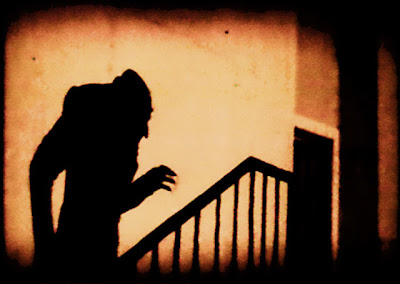
The film is billed as the story of The Runaways – a manufactured chicks and guitar licks rock ‘n’ roll band whose short career from 1975–1979 was marked by leather trousers, loud pop riffs, manipulative Svengali managers and substance excess. Formed by Sandy West and Joan Jett (who would go on to achieve mass MOR acceptance with her love song to rock n roll), the film quickly sets out its stall as really being about Jett and the band’s singer Cherie Curry. The film is adapted from Curry’s book, so no prizes for guessing who takes centre stage. Into the mix is thrown the snake-like producer Kim Fowley to add some venom to the proceedings.
If truth be told this saves the film from spending too much time focusing on the people involved and losing the interest of its target audience, and instead laces up its leather boots and attempts to kick life into a predictable story of a rock band’s rise and fall. There’s nothing new here but it’s fairly well paced and holds its trashy head up high.
The director Floria Sigismondi brings all her history of directing pop videos to bear on her handling of the film and all too often uses unnecessary and forced flashy techniques in an attempt to portray the ‘wild’ on-screen shenanigans. She directs with a certain amount of control early on in the film and allows the early years to tell their own story without resorting to the flashy techniques that she uses later on. These are quite tiresome – nowhere as much as the druggy scenes that meander in and out of the narrative. The film descends into a bit of a mess after its first half and the audience is served up a rather clumsily handled series of scenes that forego storytelling and take refuge in building up towards its uninspiring conclusion charting the band’s demise and putting Jett on some sort of pedestal. Perhaps her being on set influenced the director’s perception of her.
The limitations of the film are there for all to see as the film takes no risks and gets on with blasting out the music and fitting in enough episodes to create the illusion of following a narrative. While it’s entertaining enough, you can’t help but feel that there was a much better story trying desperately to be told here but was constantly being bullied into submission. But hey that’s rock ‘n’ roll.
The film never really gets down and dirty and it all seems rather clean. There are only really hints of the abuse that the band members suffered at the hands of Kim Fowley. And the film fails to convey the problems the band faced elbowing their way into a depraved, all-male territory. The two central performances from Fanning and Stewart are a bit too contrived and there’s never a real sense of angst beyond the angry pouting and tantrums. It is Shannon as Fowley who truly leads this rock entourage as he chews up his scenes and spits them out in true 70’s hamtastic fashion and in the process steals the film from everyone around him.
Never as bad as it could have been but nowhere near as good as it should be, The Runaways will probably secure the producers a few more dimes in the jukebox baby…
Film Ireland
The Runaways is released on 10th September 2010


























